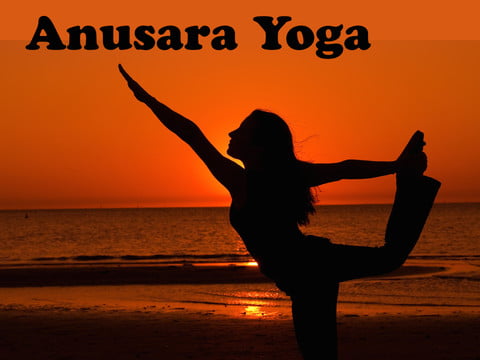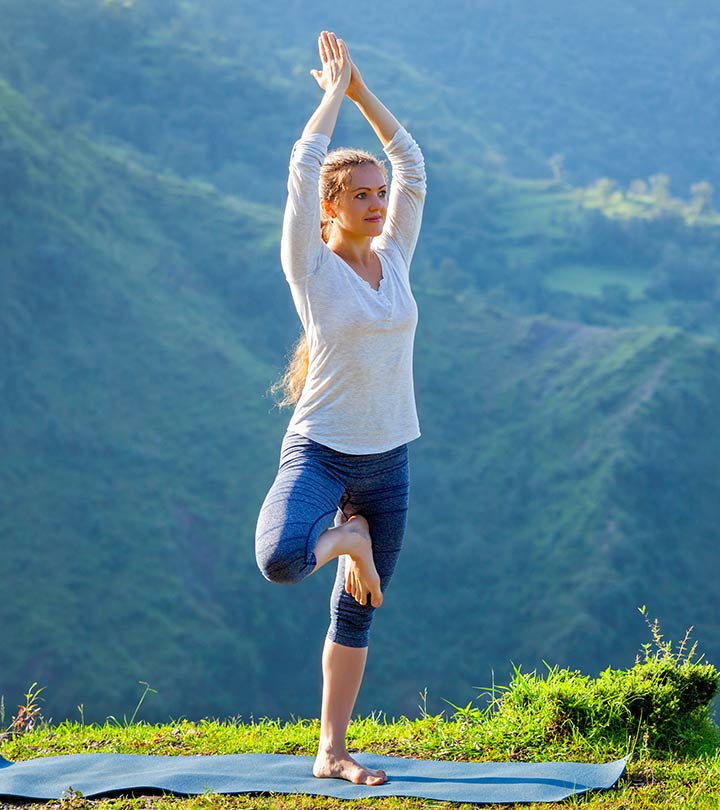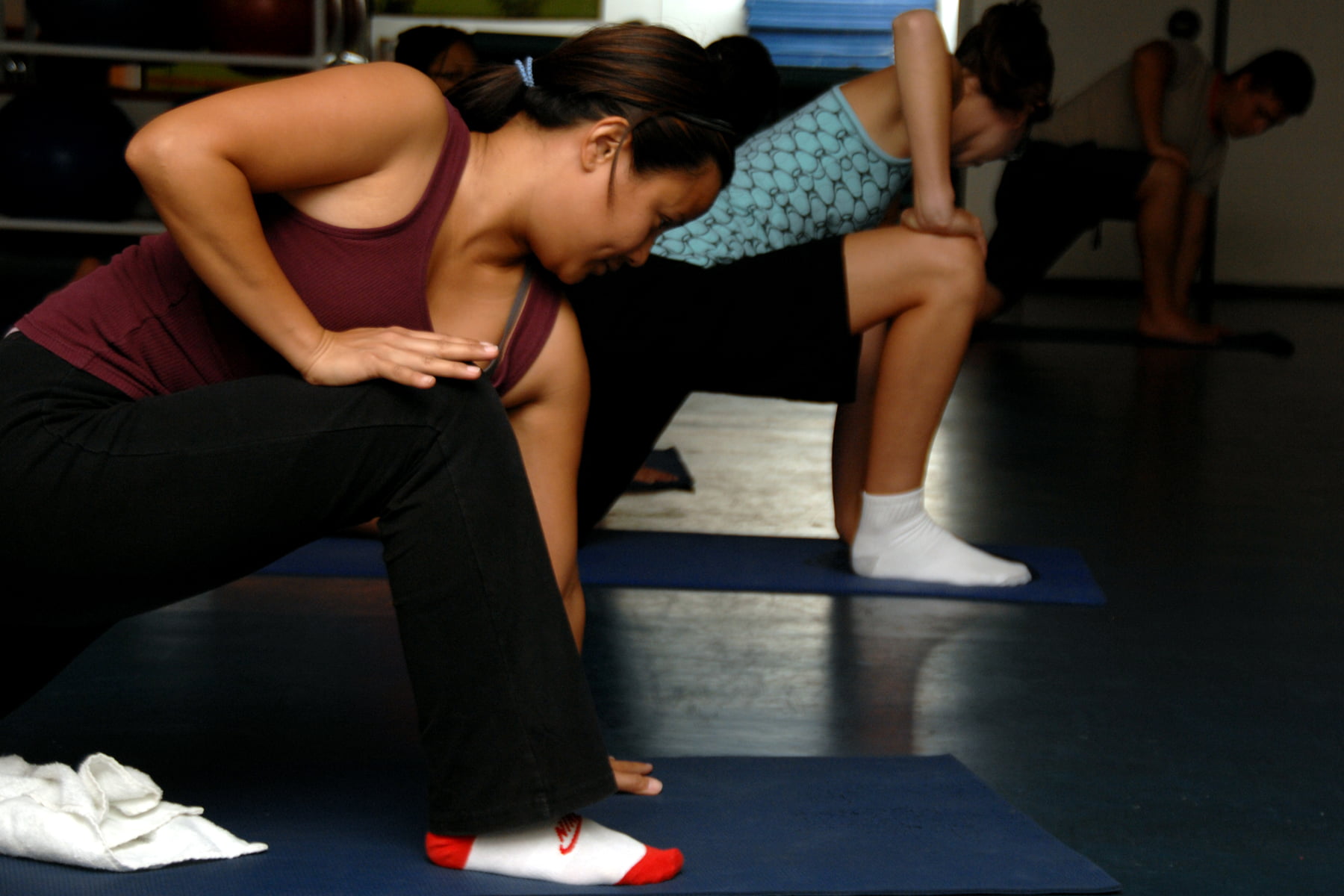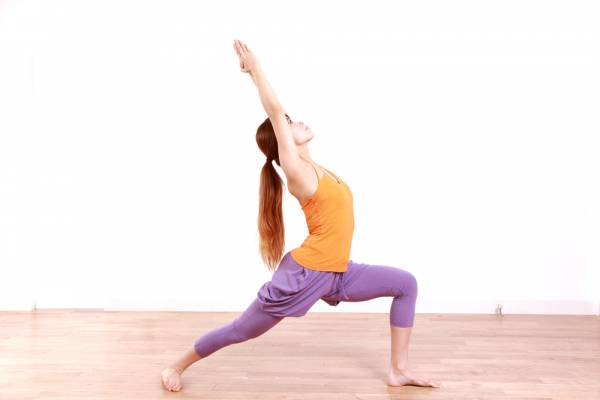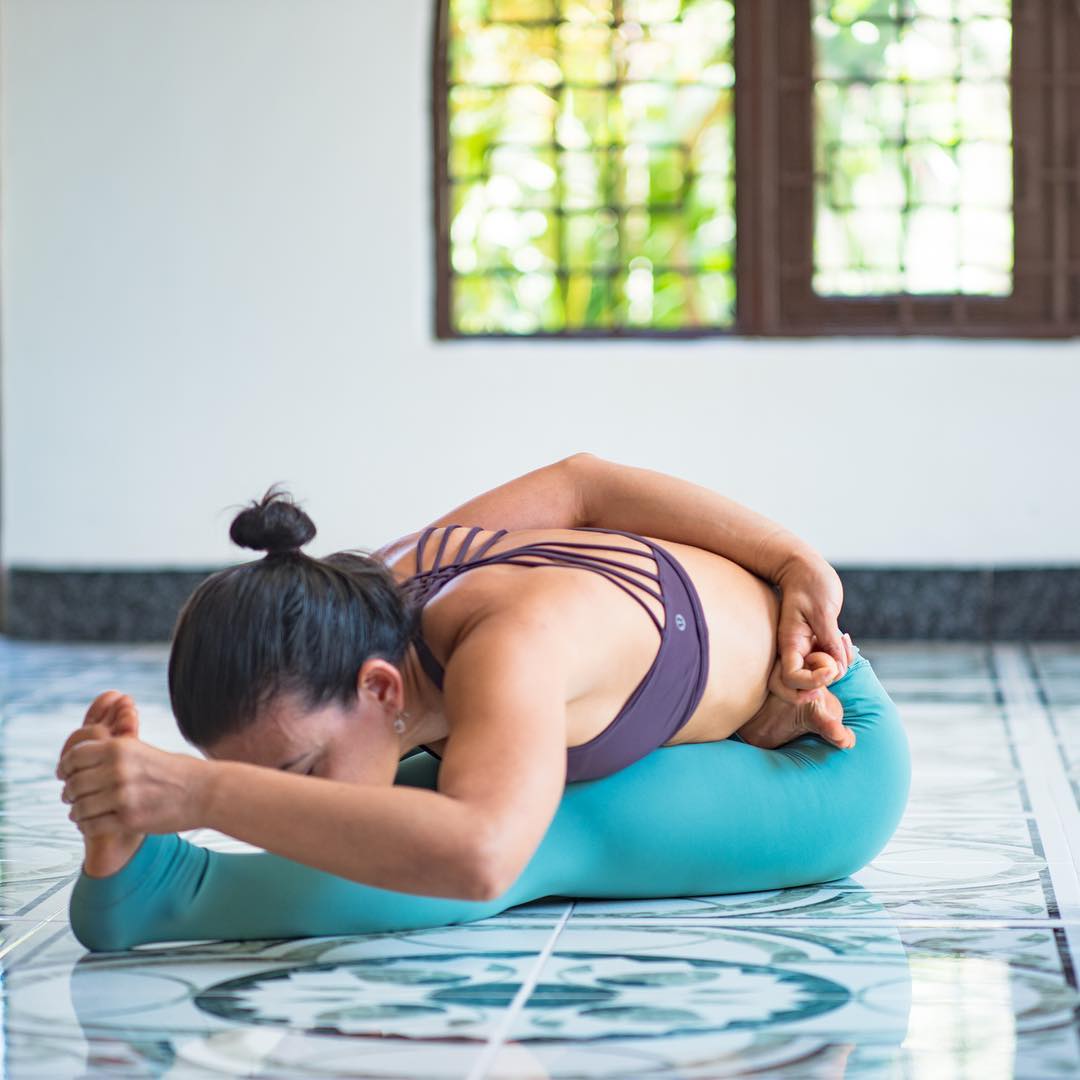
Sanskrit Name: Ardha Baddha Padma Paschimottanasana (अर्ध बद्ध पद्मा पश्चिमोत्तानासन)
English Name: Half Lotus Intense Stretch of the West
Type of Yoga: Ashtanga Yoga
Level of Yoga: Advanced / Intermediate
Duration: As per your capability or 30 to 60 seconds on each side
Target Area: Legs & Muscles between your shoulder blades, vertebral column
Strengthens: Back, Chest, Hamstrings, Shoulders, and Abdomen
Ardha Baddha Padma Paschimottanasana helps to open the hips and knees. Also, the spine stretches the bone and this seat also strengthens digestion. This asana considered a boon for ovary and uterus. Regular practice of this asana keeps our ovary and uterus healthy. Let’s now know in details about the asana below:
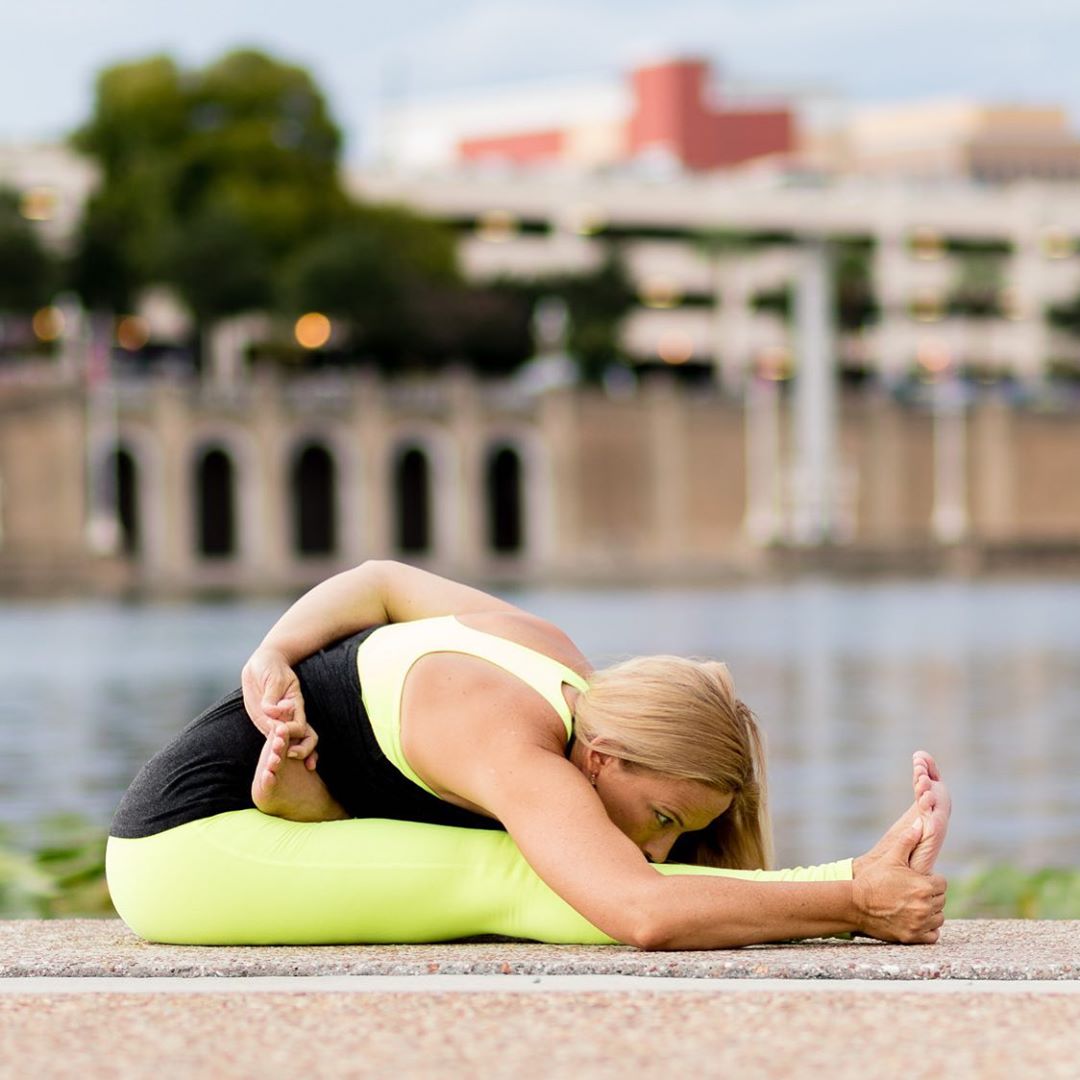
Table of Contents
What does It mean By Ardha Baddha Padma Paschimottanasana?
The term Ardha Baddha Padma Paschimottanasana has come from six Sanskrit language words
Where the first word is “Ardha (अर्ध)”, which means “Half”
The second word is “Baddha (बद्ध)”, which means “Caught”
While the third word is “Padma (पद्मा)”, which means “Lotus”
The fourth word is “Paschima (पश्चिम)”, which means “West/Back”
And the fifth word is “Uttana (उत्तान)”, which means “Intense Stretch”
Finally, the sixth word is “Asana (आसन)”, which means “Yoga Pose”
Ardha Baddha Padma Paschimottanasana is thus called Half Lotus Intense Stretch of the West in English. This forward bend yoga pose opens the knees and hips as well as stretches our spine. The yoga pose is also beneficial for our digestive system. Let’s know in details about this asana below
Preparatory Poses of Ardha Baddha Padma Paschimottanasana:
- Paschimottanasana (पश्चिमोत्तानासन) or Seated Forward Bend Pose
- Utkatasana (उत्कटासन) or Chair Pose
- Virabhadrasana I (वीरभद्रासन I) or Warrior Pose I
- Virabhadrasana II (वीरभद्रासन II) or Warrior Pose II
- Dandasana (दंडासन) or Staff Pose
- Purvottanasana (पूर्वोतानासन) or Upward Plank Pose
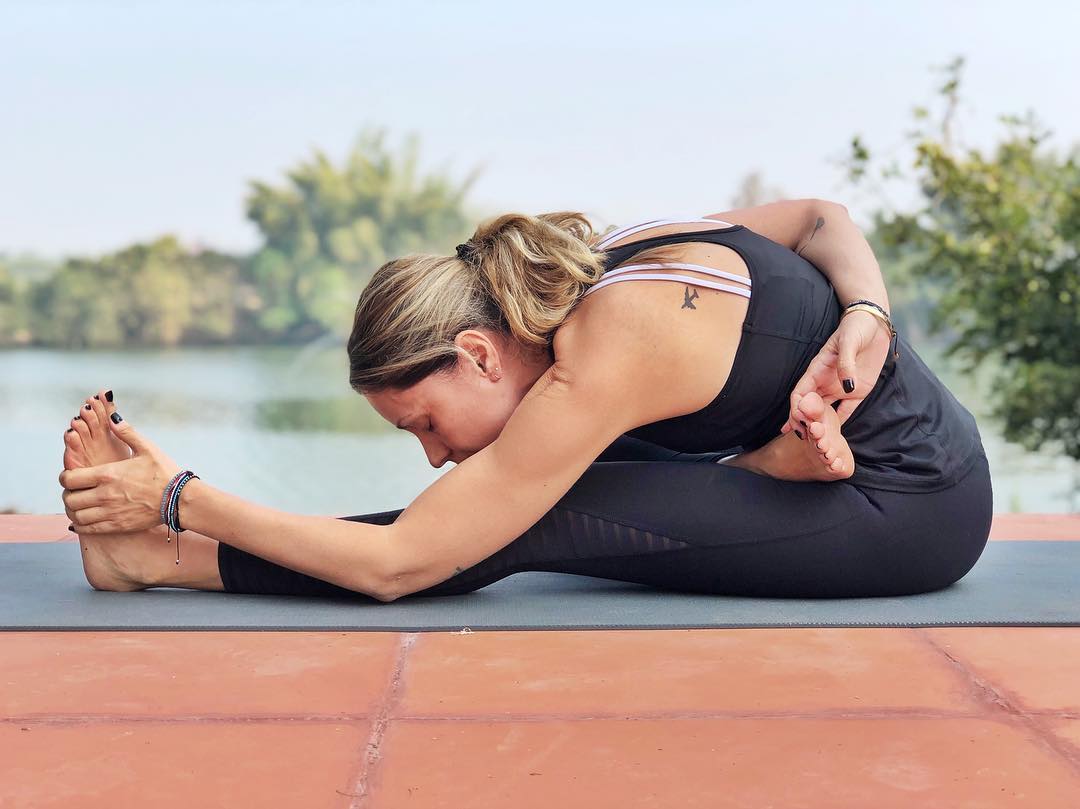
Method of Doing Ardha Baddha Padma Paschimottanasana:
- At first, sit in the Dandasana or Staff Pose
- Inhaling, lift your right leg and bring the right foot on the left thigh and bring it as much as possible without pain
- Now take your right hand from the back and hold the right toe right from behind with the right hand
- After doing this, breathe in and out in this posture
- Exhaling, lean the joins of your hip
- Be very careful not to bend the joints of your waist
- Breathe normally while bending down
- Remember that like the entire forward bending rugs, the objective torso has to be raised in this asana
- Hold the left foot with the left hand
- Stay in this yoga posture for about 30 to 60 seconds
- Slowly but surely, such as the flexibility and strength in your body, you can increase the time
- Keep in mind to keep your back straight as well as come back only from the joints of your hip
- Do not leave right toe right now
- When you sit completely then you should leave the thumb
- Lower the right leg and finish it in Dandasana or Staff Pose
- After making the right side, repeat all the steps on the left side too
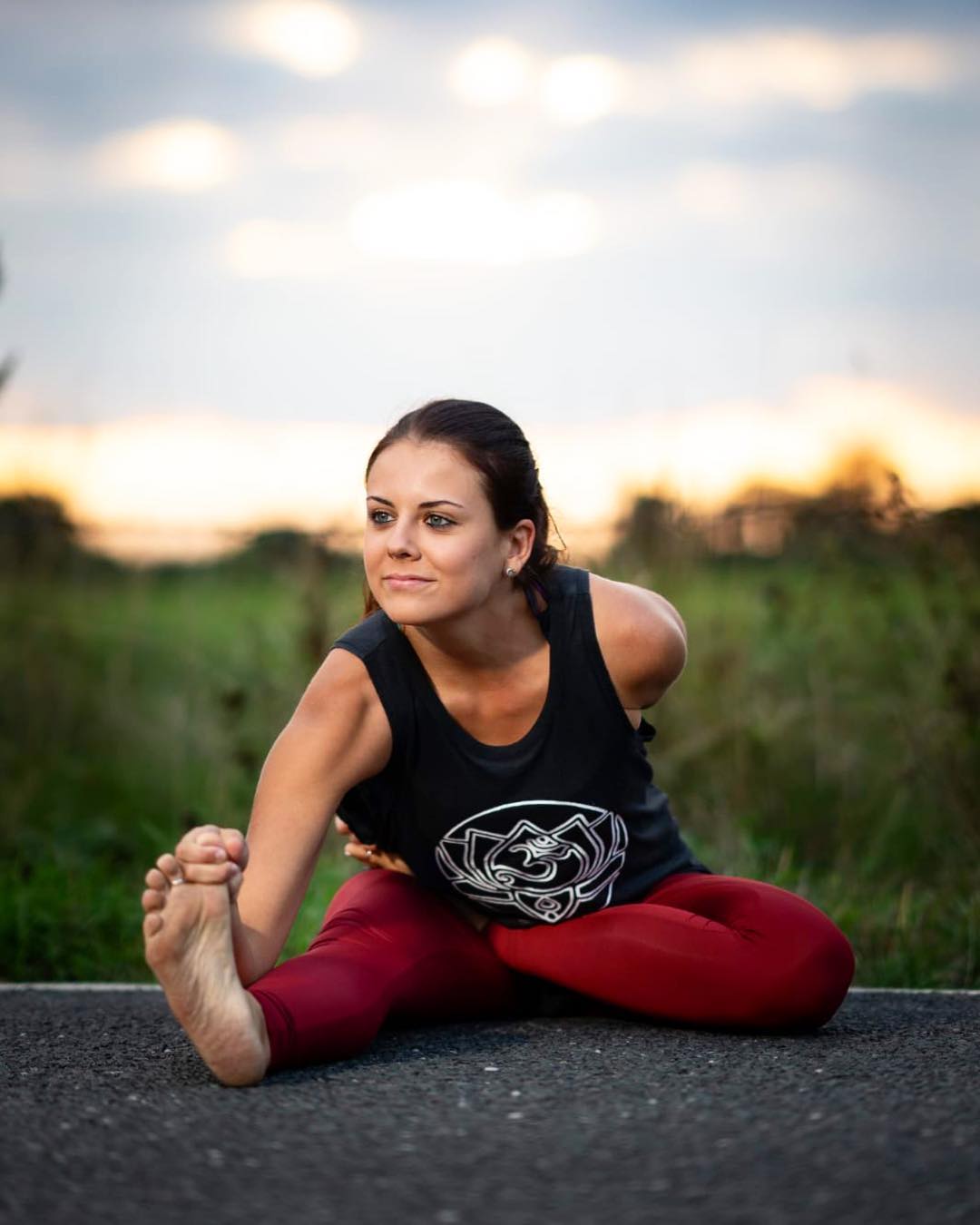
Beginner’s Tips:
In case your foot reaches the top of the thigh, you will not be able to hold the toe. If this is so, let the feet get in as much as possible and do not force them upstairs
If your hand does not come fully behind the back, then you will not be able to hold the toe. So, if this is the case, keep your hands on the back and do not force it forward
In case your hips or hamstrings are low, then you will not be able to bow completely forward. In such a way, you can bow down before you, without any difficulty
Follow Up Poses for Ardha Baddha Padma Paschimottanasana:
- Trianga Mukhaikapada Paschimottanasana (त्रिअंग मुखेकपद पश्चिमोत्तानासन) or Three-Limbed Forward Bend
- Janu Sirsasana (जानुशीर्षासन) or Head-to-Knee Forward Bend
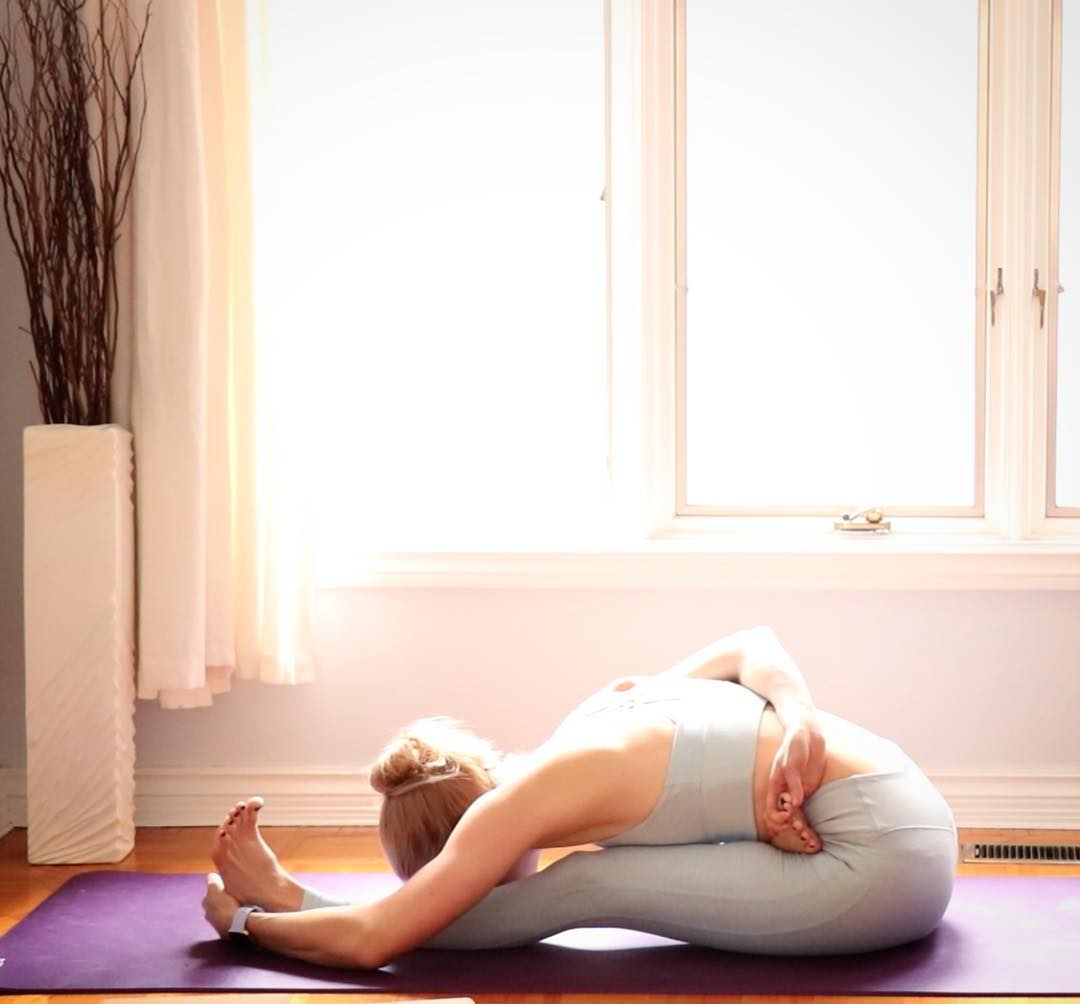
Precautions to Ardha Baddha Padma Paschimottanasana:
Do this posture as per your ability
If you have pain in your knees then do not do this posture
Do not practice Half Lotus Intense Stretch of the West, who has trouble in the lower back
Those who have pain in their knees, they should not even think of practicing Half Lotus Intense Stretch of the West
If you have a hamstring injury, then do not do Half Lotus Intense Stretch of the West
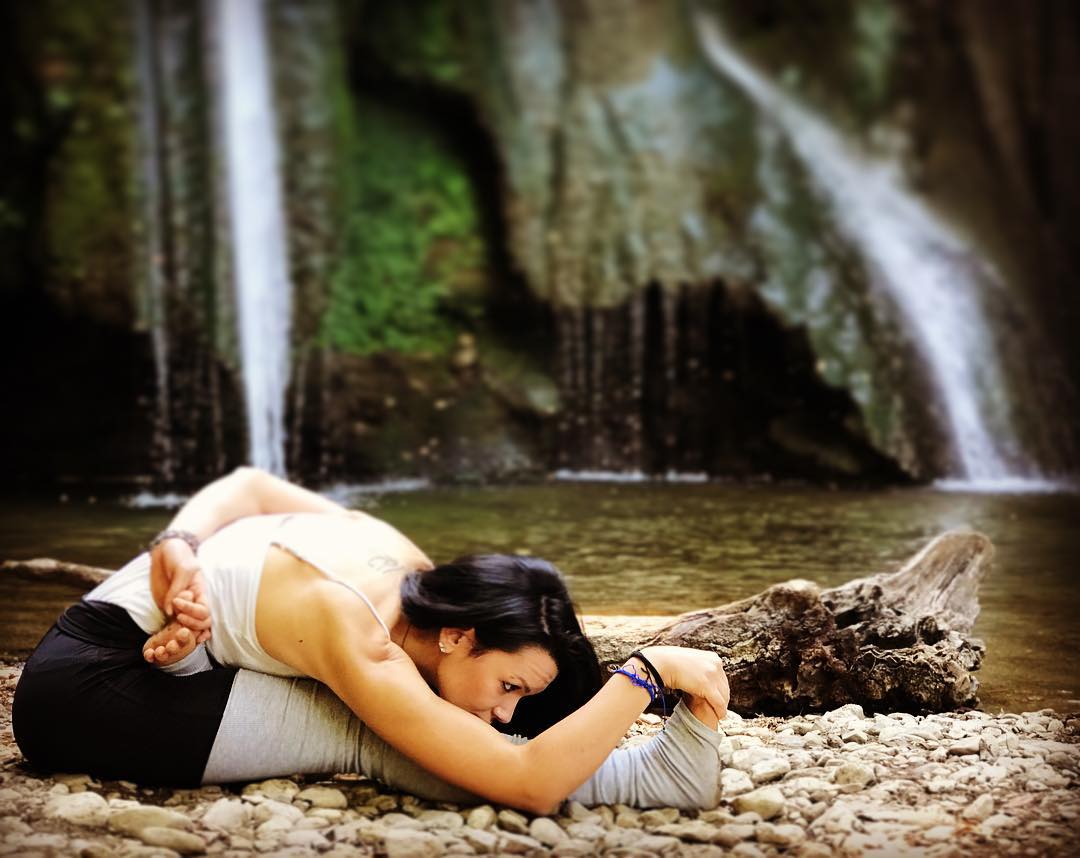
Benefits of Ardha Baddha Padma Paschimottanasana:
- This asana provides an extreme message to your abdominal organs than in Paschimottanasana or Seated Forward Bend / Intense Dorsal Stretch.
- Ardha Baddha Padma Paschimottanasana also prepares our hips and legs for a prolonged session in meditation
- This asana stimulates the abdominal peristalsis and thus it helps to cure constipation and improves digestion
- It provides a great pull to our abdominal organs and navel as well as stretches the hamstrings, shoulders, spine, and muscles.
- Regular practice of this asana Calms our brain and thus it helps to relieve mild depression and stress. It also soothes anxiety and headache as well as reduces fatigue
- This asana stimulates the kidneys, sluggish liver, uterus, and ovaries.
- With regular practice of this asana, it contracts the muscles of our anterior part as well as improves the functions of the intra-abdominal glands
- This asana helps immensely to relieve menstrual discomfort and the warning signs of menopause
- Half Lotus Intense Stretch of the West improves the respiratory process, hips, flexibility of the lumbar area, as well as backside of the calves and thighs
- Ardha Baddha Padma Paschimottanasana is therapeutic for infertility, high blood pressure, sinusitis, and insomnia
- Regular practice of this asana tones our spinal nerves and thus it improves the blood circulation in our back
- This asana also helps with colitis, kidney problems, and diabetes
- It improves the alignment of the vertebral column, removes fat from the hips, thigh, and abdomen
FAQ:
Q. What Are The Ardha Baddha Padma Paschimottanasana Benefits?
A. Ardha Baddha Padma Paschimottanasana helps to open the hips and knees. Also, the spine stretches the bone and this seat also strengthens digestion. This asana considered a boon for ovary and uterus.
Q. What Is The Meaning Of Ardha Baddha Padma Paschimottanasana?
A. The term Ardha Baddha Padma Paschimottanasana has come from six Sanskrit language words, where “Ardha”, means “Half“, “Baddha” means “Caught”, “Padma”, means “Lotus”, “Paschim”, means “West/Back”, “Uttana (उत्तान)”, means “Intense Stretch”, “Asana”, means “Yoga Pose”.
Q. What Are The Precautions Of Ardha Baddha Padma Paschimottanasana?
A. Do this posture as per your ability. If you have pain in your knees then do not do this posture. Do not practice Half Lotus Intense Stretch of the West, who has trouble in the lower back. Those who have pain in their knees, they should not even think of practicing Half Lotus Intense Stretch of the West.

